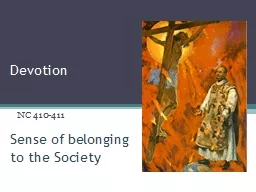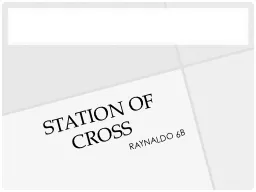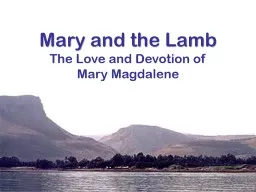PPT-Review III Jesus Major teachings: devotion to God and love for fellow man
Author : trish-goza | Published Date : 2018-11-02
His message The kingdom of God is at hand seemed to threaten Rome because it divided allegiances After the Crucifixion devotion to him grew rapidly called the Christ
Presentation Embed Code
Download Presentation
Download Presentation The PPT/PDF document "Review III Jesus Major teachings: devoti..." is the property of its rightful owner. Permission is granted to download and print the materials on this website for personal, non-commercial use only, and to display it on your personal computer provided you do not modify the materials and that you retain all copyright notices contained in the materials. By downloading content from our website, you accept the terms of this agreement.
Review III Jesus Major teachings: devotion to God and love for fellow man: Transcript
Download Rules Of Document
"Review III Jesus Major teachings: devotion to God and love for fellow man"The content belongs to its owner. You may download and print it for personal use, without modification, and keep all copyright notices. By downloading, you agree to these terms.
Related Documents














